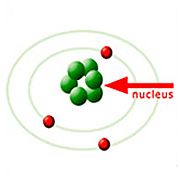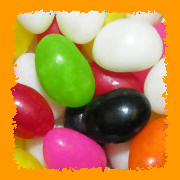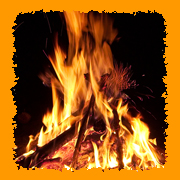Learn About Energy Energy-SMART! Home
Energy Comes in Many Forms
Can you imagine a world without energy? You wouldn’t be able to play computer games, ride a bicycle, or talk on the phone. Cars and trucks wouldn’t move. Lights wouldn’t shine. Plants wouldn’t grow. Without energy, nothing would happen!
Energy is the ability to change or move matter.
Just about everything you see, hear, and feel depends on energy. Energy comes in many forms.
Chemical energy is energy that is released by a chemical reaction. The food you eat contains chemical energy that is released when you digest your meal. Wood, coal, gasoline, and natural gas are fuels that contain chemical energy. When these fuels are burned, the chemical energy is released as heat.
Radiant energy is energy that can move through empty space. The sun and stars are very powerful sources of radiant energy. The heat and light given off by light bulbs and campfires are also forms of radiant energy.
Mechanical energy moves objects from place to place. You use mechanical energy when you kick a ball or turn the pedals of a bicycle. Other examples of mechanical energy include water flowing in a stream or tires rolling down a road.
Electrical energy comes from the electrons within atoms. It can be created at a power plant or inside a battery, and can power everything from remote-controlled cars to refrigerators. Lightning and static electricity are also forms of electrical energy.
Nuclear energy is energy contained in the nucleus at the center of an atom. Nuclear energy is released when nuclei are split apart into several pieces, or when they are combined to form a single, larger nucleus.

Meet the Atom
An atom is the smallest unit of matter. Scientists so far have found 112 different kinds of atoms. Everything in the world is made of different combinations of these atoms. Every atom has a nucleus in the center. Tiny particles called electrons travel around the nucleus. The flow of electrons produces electricity.





